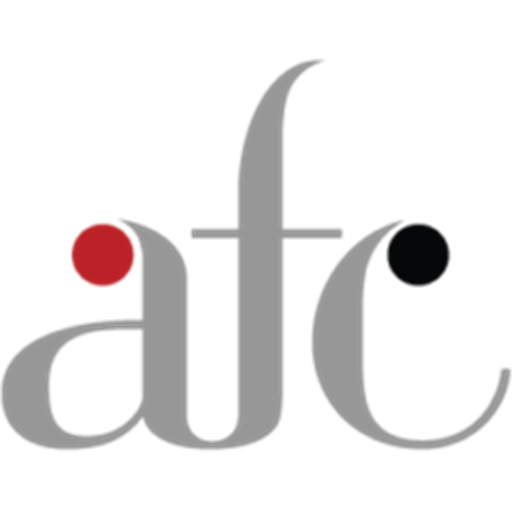I’ve been talking about how companies are seeing their lifespans shrinking – particularly how short the lifecycles of companies in the S&P500 have become. If you’re an investor that favors the buy-and-hold strategy, this is an intimidating prospect. The days of finding that perfect company, buying it, and tucking it away in the proverbial sock drawer are coming to an end. The average lifespan of a company in the S&P500, a study by Yale Professor Richard Foster found, was only 18 years!1
With such a daunting new world for investors to face, I’ve been studying good business practice, and found myself agreeing with some of the points made by Fred Crawford and Ryan Mathews in their book The Myth of Excellence: Why Great Companies Never Try to Be the Best at Everything. They found that quality companies are defined by five attributes: Price, Service, Access, Experience, and Product (which I laid out in more detail in last week’s blog: Five Attributes: How To Spot A Solid Business Part 1). In order to stand out as a company and still be economically viable, a company needed to “dominate” in one of these five, “differentiate” in a second, and be adequate in the other three. I believe that it is a good way to begin looking at potential stocks to buy – do they meet these standards?
Knowing the most about running a financial advisory, I thought I would compare my company, Adams Financial Concepts (see the AFC Difference) and Edelman Financial Services, LLC, Ric Edelman’s financial advisory, and a company with a very difference focus than AFC. Edelman is generating over 25,000 leads each year through his radio show, TV appearances and ads, books, and around 800 seminars. He employs more than 113 advisors and has a number of offices around the country, and each is created with the same “cookie cutter” template – from the books laid out in the waiting room to the offered plans, they are identical across the country. Interestingly, 75% of clients say that Edelman’s is the best company they have ever worked with – among all companies, beating out Nordstrom, Starbucks, and the like.
If we look at Edelman’s in terms of the five attributes, it’s obvious that Access dominates their methodology: there is nothing confusing or elaborate about the company’s approach to working with their clients. Their tactics are consistent across the board, and it is comforting to their clients to have this straightforward product laid before them. They differentiate themselves with the Experience they provide; clients are treated well on a consistent basis and know what they are getting themselves into. Regarding the final three, their Service, Price, and Product are all average. They do what they do reliably, the price has been dropping, and they create dependably good financial plans, although, I believe, without a real focus on being the best.
I disagree with their model, and I believe that this shows in the attributes we see in AFC. I want to dominate in Product by offering product objectives and risks, and my own management has been proven to beat the market in the long-term. Although, past performance is no guarantee of future performance. There is an 11 year track record that is published for all to see, and it is a composite of all clients with no carve outs. AFC differentiates in Service, creating individualized portfolios and knowing every one of our clients as complete people, not just another set of numbers. Regarding Price, Access, and Experience, we do nothing unique or world-altering, but we work hard to recognize the needs of our clients and create a welcoming environment. As Myth says, it’s impossible to dominate or even differentiate in every single category.
I believe this model places the value on the longer-term of compounding. $100,000 invested over 25 years at 7% will yield $507,000. $100,000 invested at 15% will yield $2,862,518. While there is no assurance of achieving 15%, I do believe the emphasis on product and returns will be to the client’s advantage.
Footnotes
- Foster, Richard. Innosight.com. Creative Destruction Whips though Corporate America. 2012. Found: http://www.innosight.com/innovation-resources/strategy-innovation/upload/creative-destruction-whips-through-corporate-america_final2015.pdf

